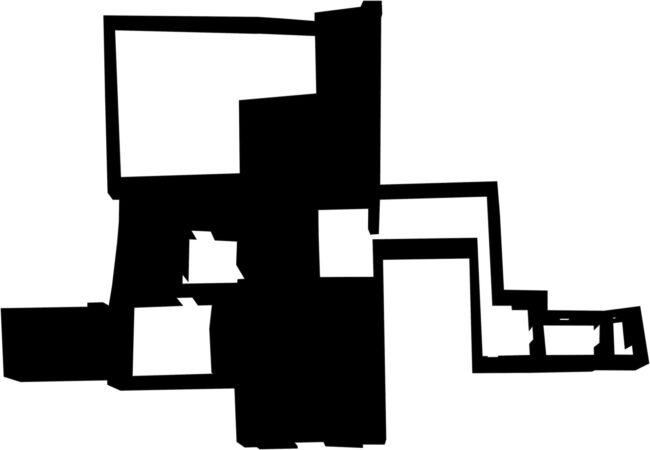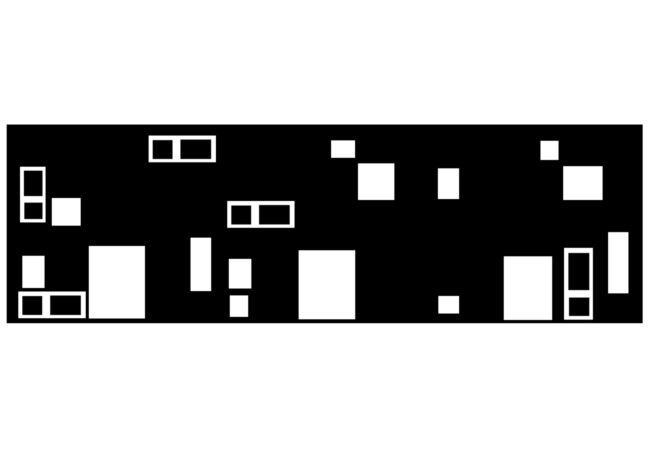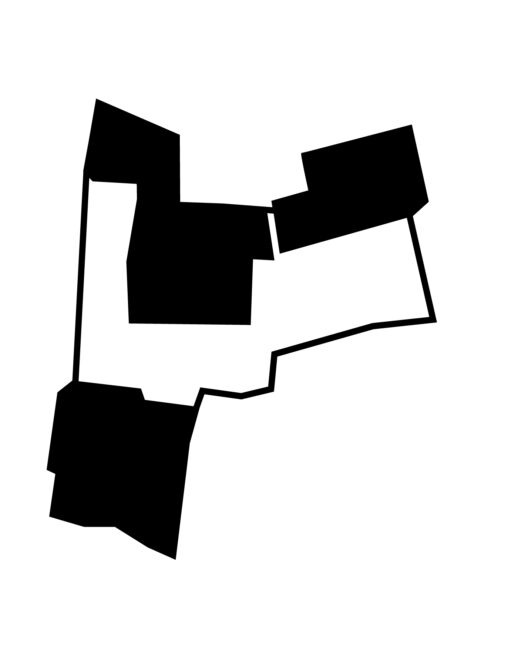Habiter les ruines
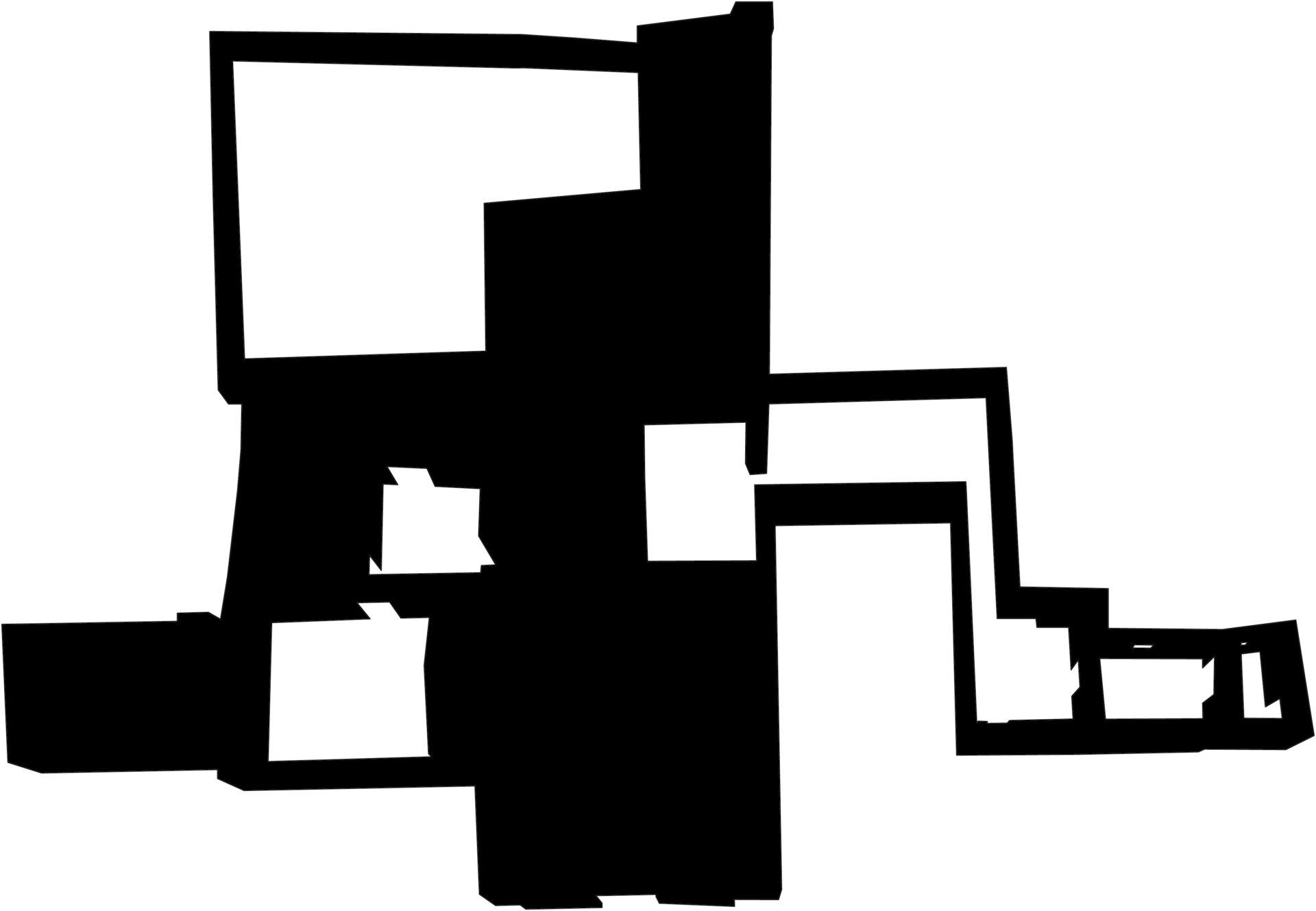


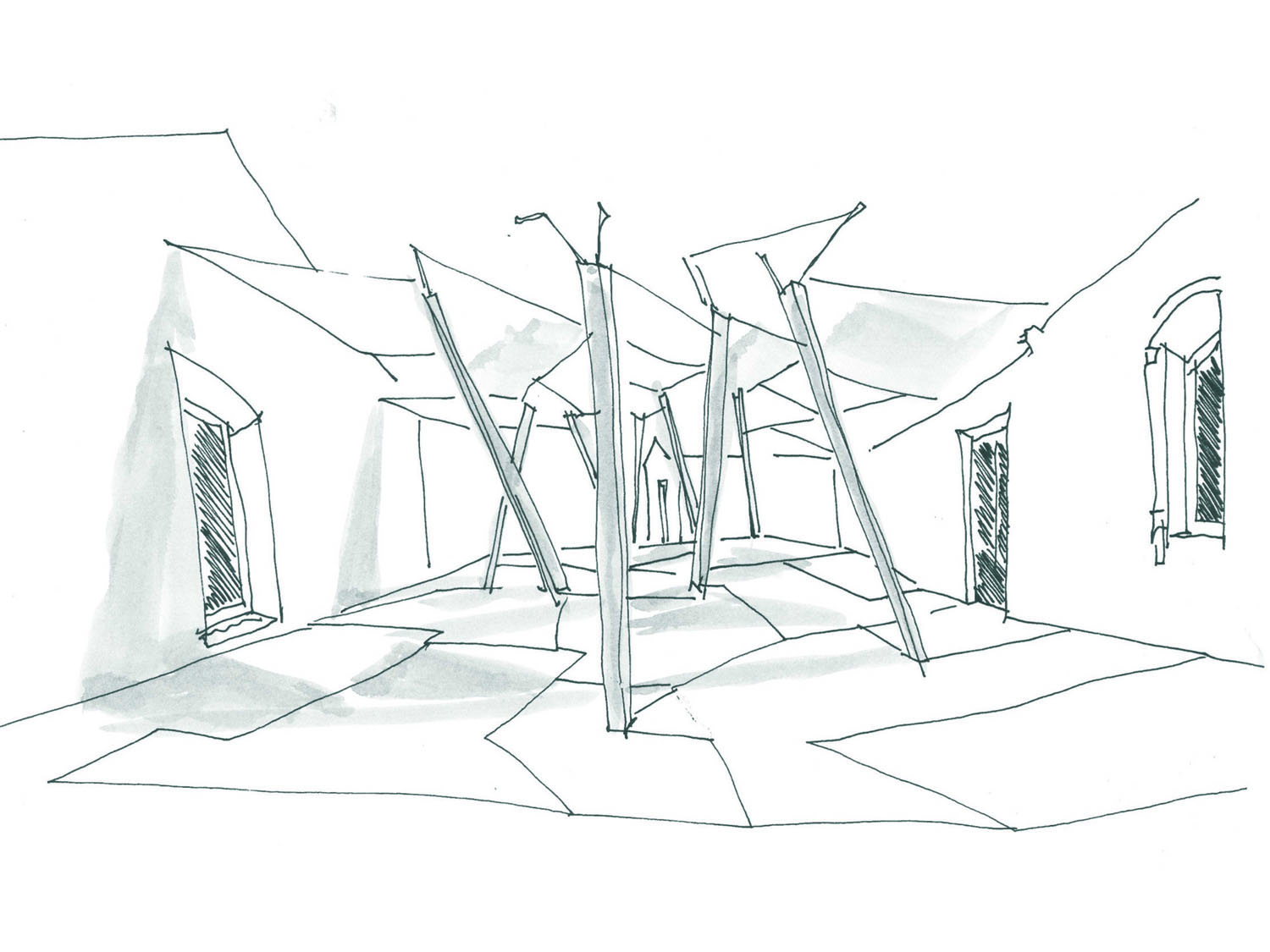
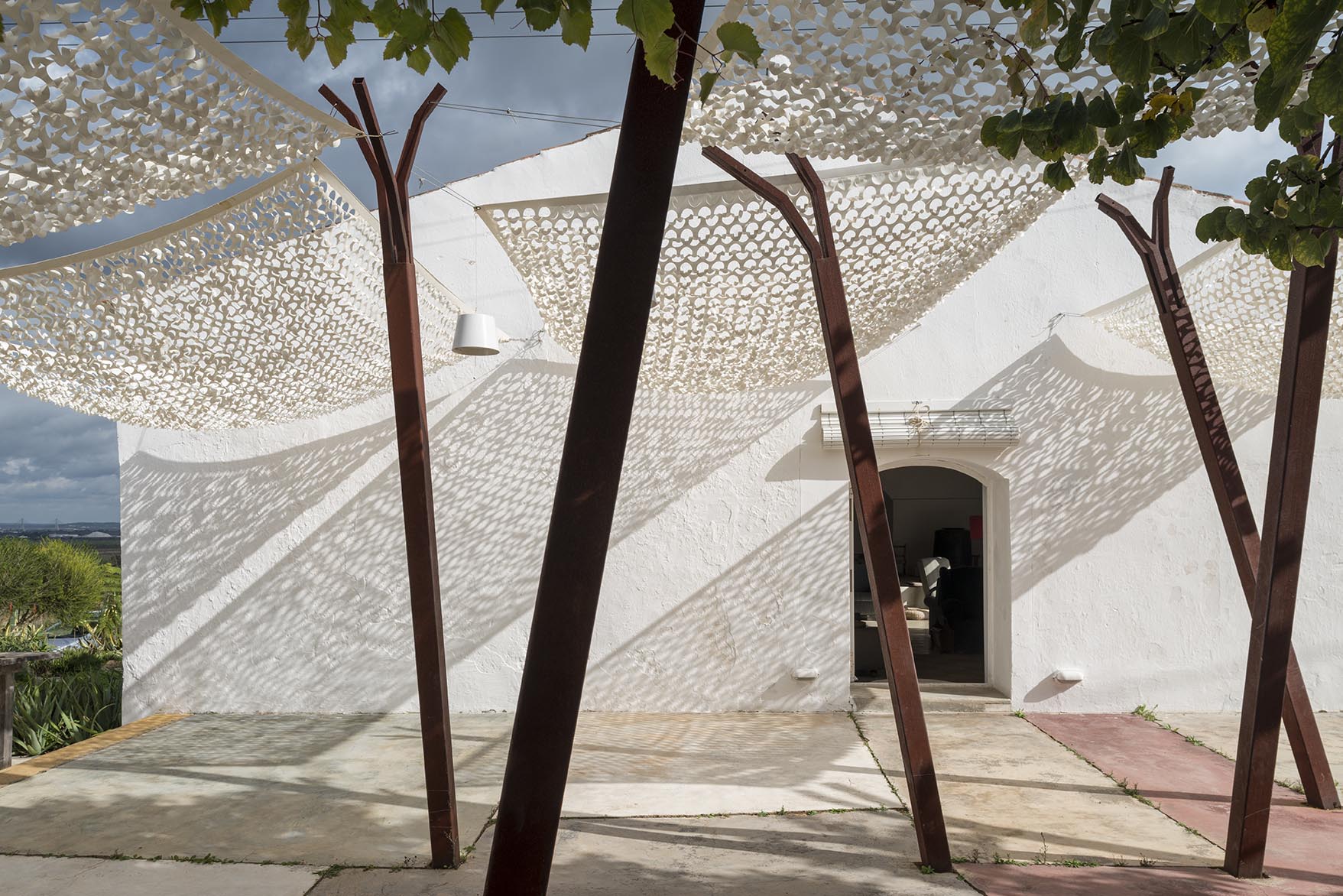
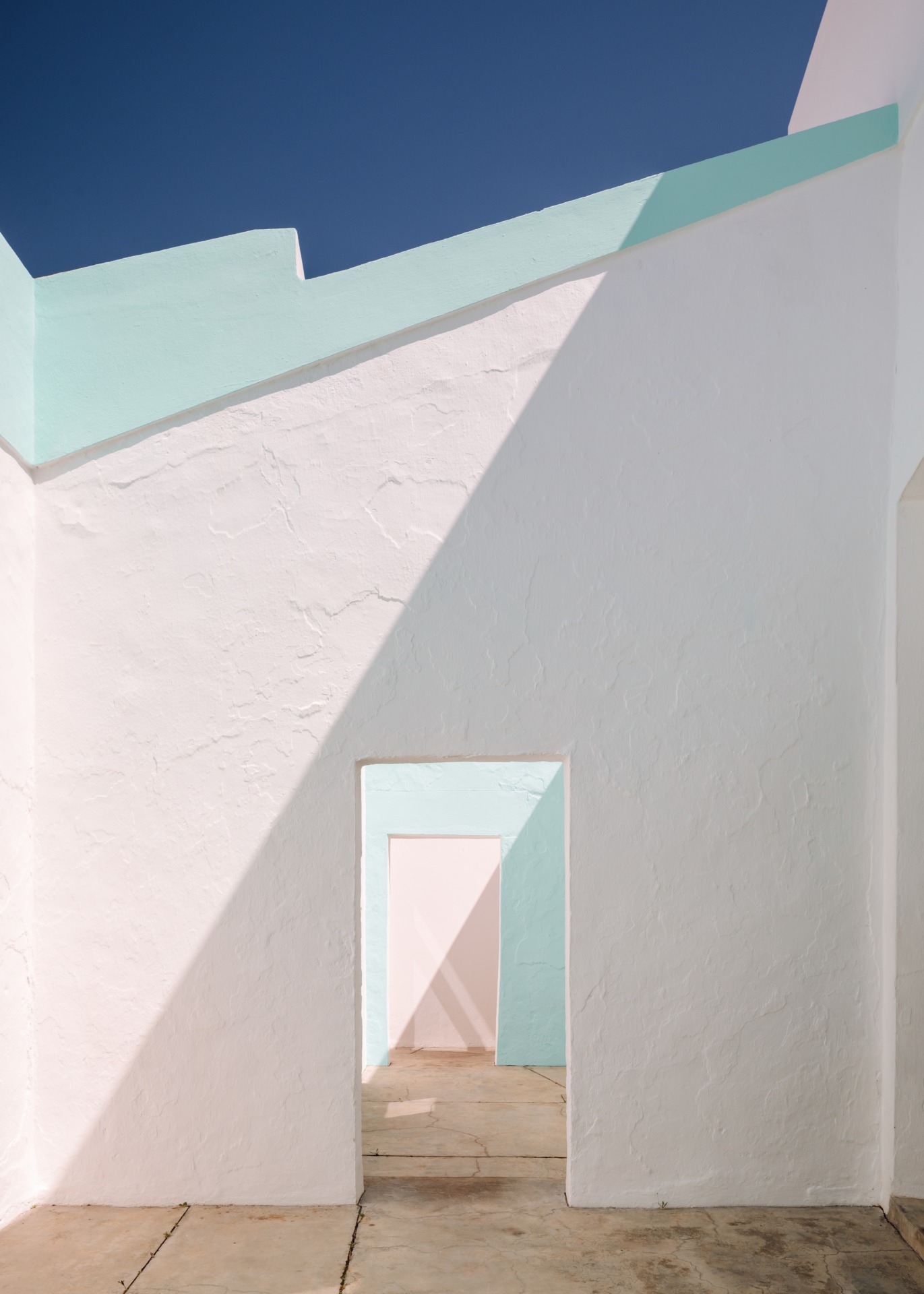
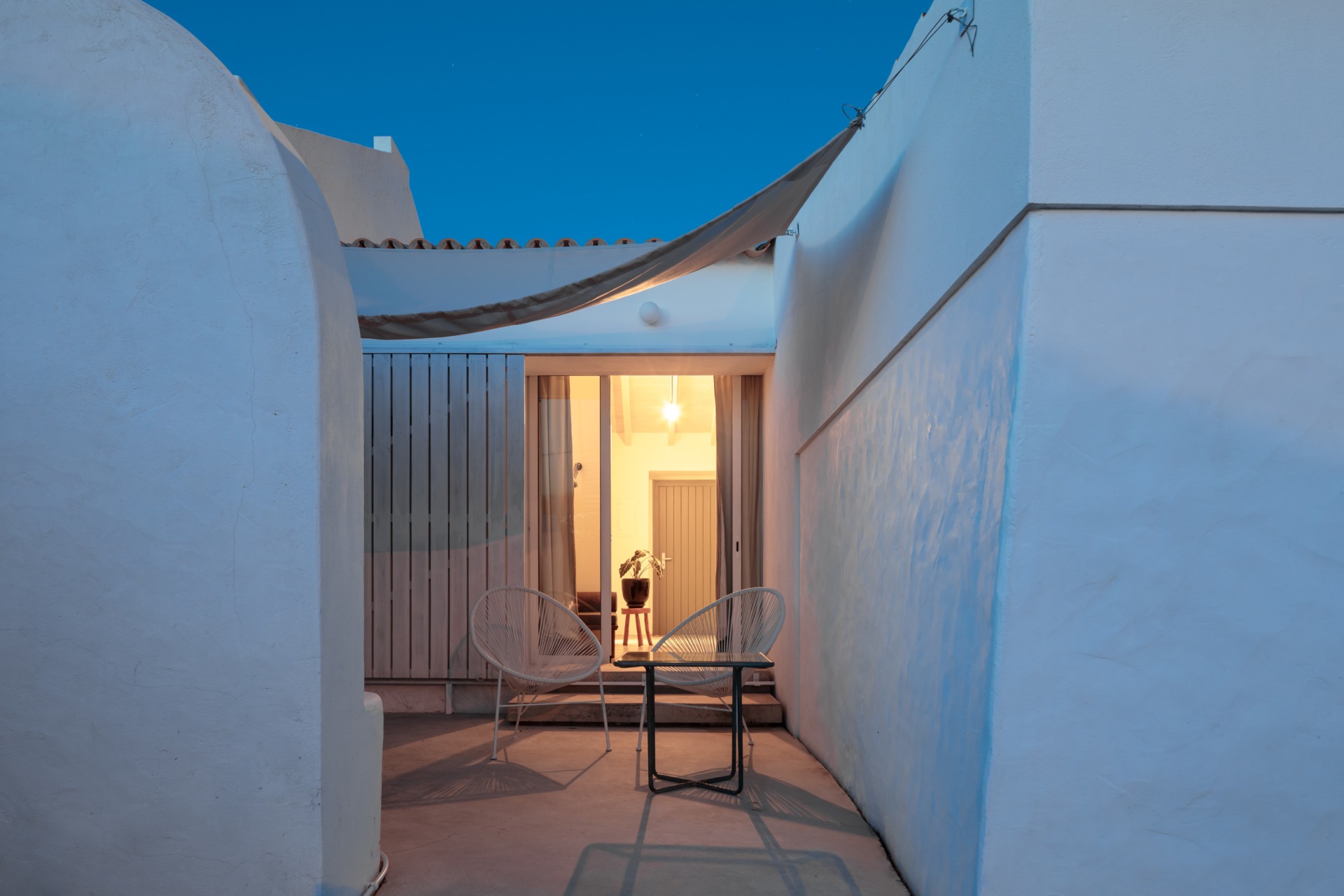
Le projet a reçu multiples désignations; réhabilitation, altération, extension, transformation et régénération. La première phase de construction a été inaugurée en 2007 et la seconde en 2014. Dès la première esquisse, le projet visait à valoriser les expressions de la culture locale et à adopter une empreinte écologique
Avant d’intervenir sur le site, il fallait connaître le lieu, découvrir quels matériaux ont été utilisés dans chaque époque… Au fil du temps, les bâtiments ruraux sont occupés par de nombreuses générations, par conséquent, ils regorgent d’une connaissance précise de la géographie et des conditions météorologiques locales. De mauvaises solutions, qui devaient aussi exister, ont entre-temps été améliorées ou remplacées afin que les bâtiments ou les ruines contiennent des connaissances approfondies testées au fil des générations.

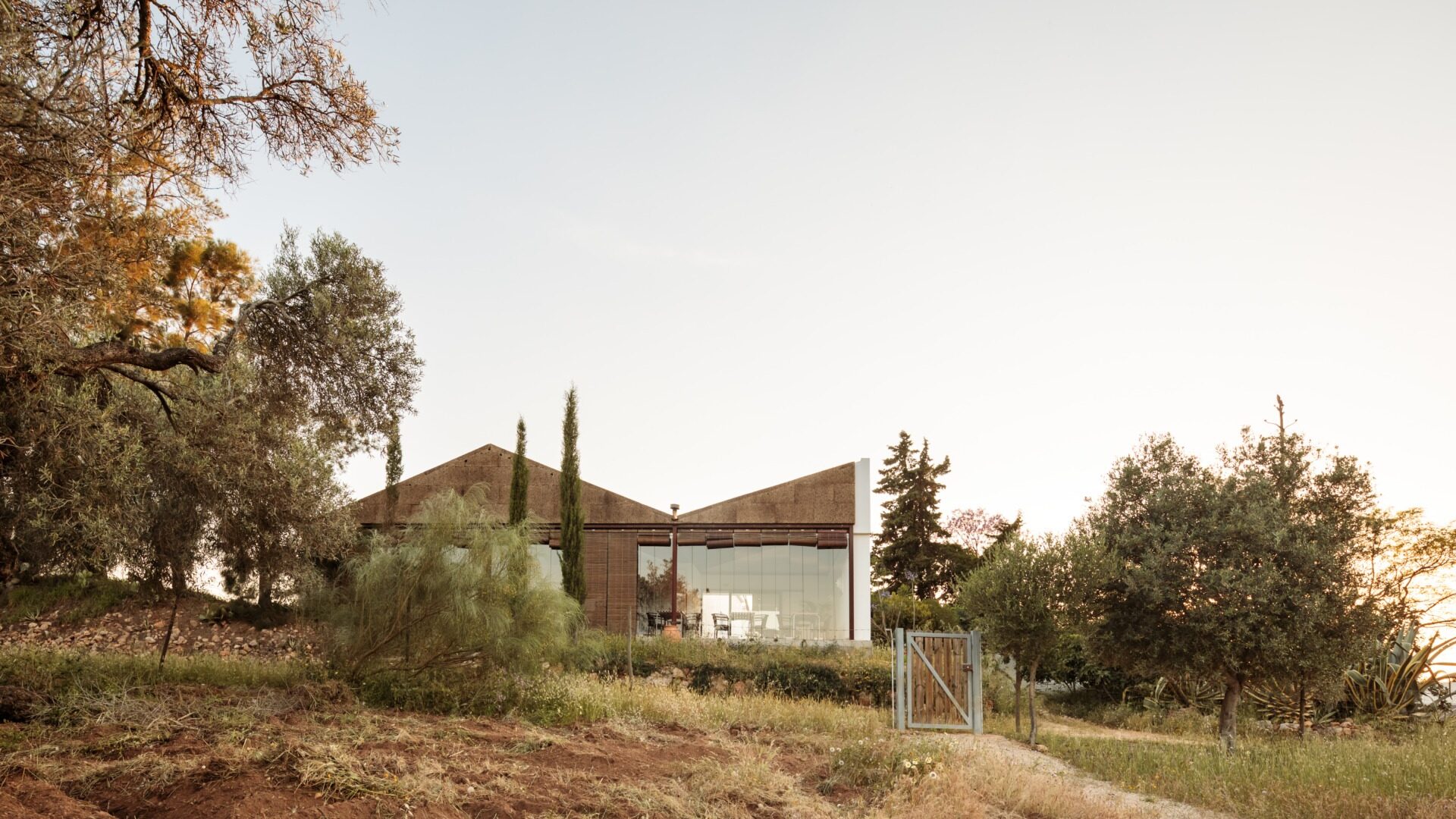
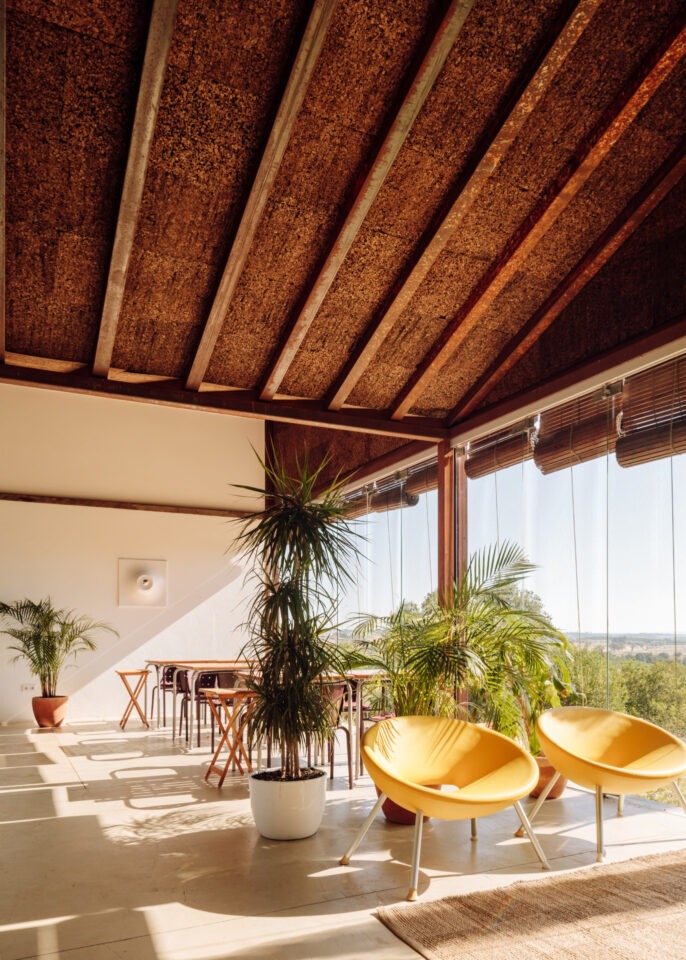
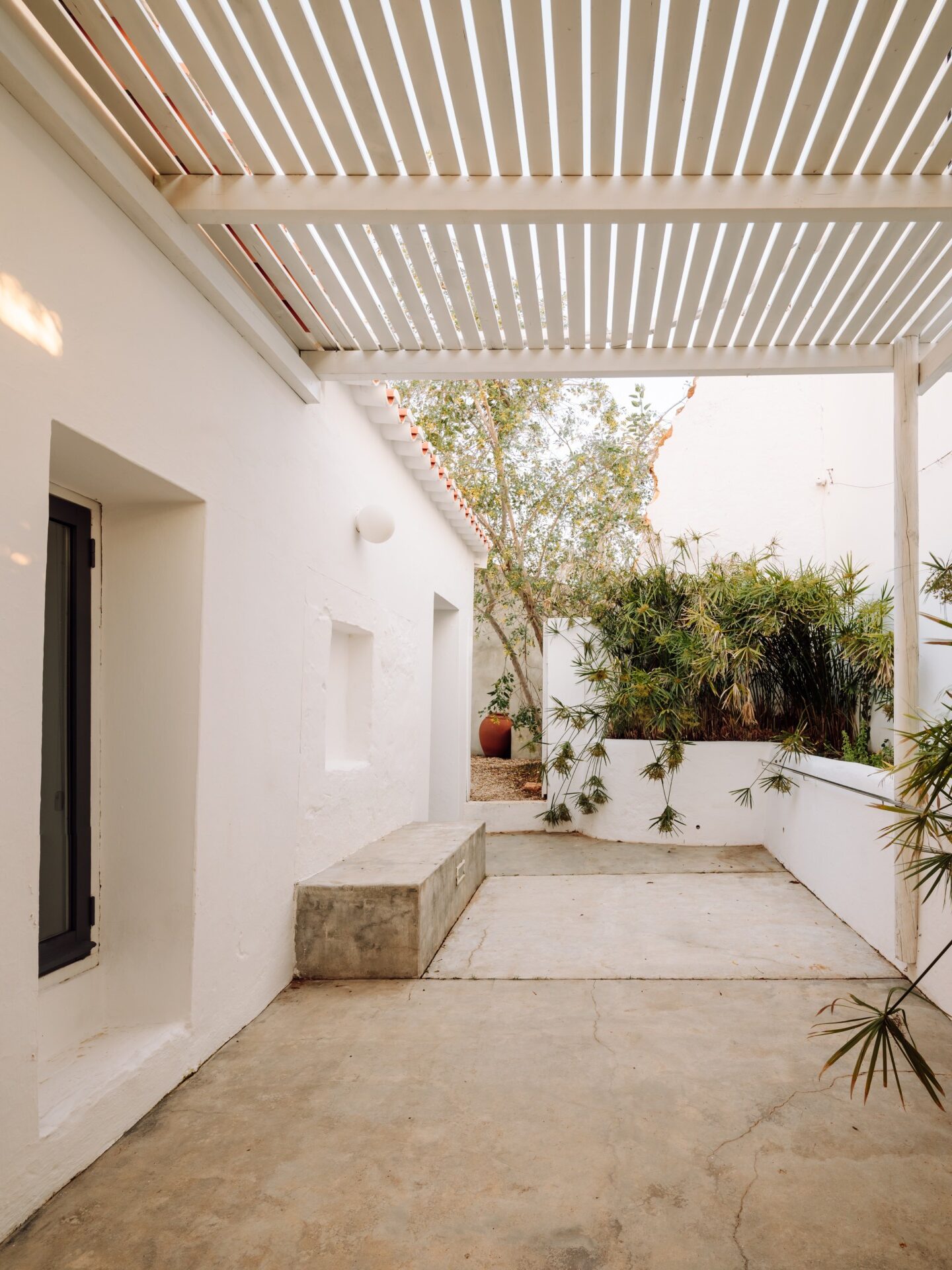

Media Referencing

“Set amongst fields of olive trees and wild flowers in the unspoilt eastern Algarve, Companhia das Culturas offers five bedrooms and four apartments housed in a variety of old farm buildings that have been in co-owner Francisco’s family for seven generations. A hammam and yoga studio complete the picture. »
The Telegraph
Read the complete article →

“Imbued with a North African flavour, Companhia das Culturas is a farmhouse in the village of São Bartolomeu, Algarve, restored by Lisbon-based architect Pedro Ressano Garcia. The retreat hosts food and art events, and boasts organic patio gardens with views over rolling olive groves and salt marshes. »
Wallpaper
Read the complete article →

“Partindo da recuperação e refuncionalização de antigos edifícios agrículas mas preservando-lhes a identidade, aqui se criou uma espécie de anti-resort, que se articula com a aldeia em que está integrado: S. Bartolomeu. Valoriza a sombra e o silêncio. »

“The three R’s policies, reuse, reduce and recycle were integrated at several levels of design. It was intended to reuse the existing walls. They were partially ruined and presented irregular textures, but the concept of reuse was taken integrally and the walls are presented without changes. »
Architizer
Read the complete article →
Related

